Buy Pulsar 8200, get a free gift with purchase:
The Paragon Of EQs, Reinvented. The Best Companion For Your Passive EQ
Pulsar 8200 is a faithful emulation of the legendary GML 8200 designed by George Massenburg, the inventor of the parametric EQ. Full EQ control is a formality today, but it was a dazzling novelty back in the days.
Just like the original machine, Pulsar 8200 gives you a tight and solid low end, a crystalline high end, and surgical control over the frequency spectrum. He perfectly replicates the all-discrete, Class-A analog electronics that made the original machine famous in the 80s, and still used today.
Its parallel topology, coupled with unique filtering shapes, allows an intuitive and unique spectrum shaping, resulting in smooth curves, and a more natural result compared to classic digital EQ, maintaining its own “analog personality”.
The Best-Of-Both-Worlds Approach – Old And Modern

Pulsar 8200 comes with a complete on-screen curve editor and spectrum analyzer. This best-of-both-worlds approach gives an accurate overview of your EQ changes while highlighting the singular behaviors of the original unit. The easy-to-use graphic interface allows for a much faster workflow in mixing applications.
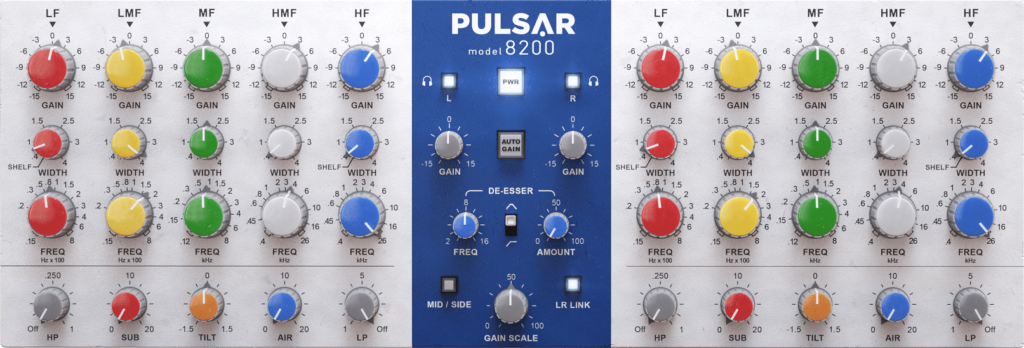
Get a polished result by removing sibilance and harshness as part of your EQ process thanks to the built-in de-esser. Tame aggressive vocal sibilance or control high-frequency transients in overheads with Frequency, Amount and Band Type controls.

Pulsar 8200 is a component-accurate model of the original unit, perfectly emulating its original unique filters shapes and parallel EQ behavior, producing natural-sounding corrections even for EQ moves that other units would struggle to keep up with.

Go further than the hardware with more Pulsar-added benefits. We’ve added high and low-cut filtering, a Tilt filter to adjust the overall tonal balance of the entire spectrum, and Air and Sub bands to operate at the extreme ends of the audio range.
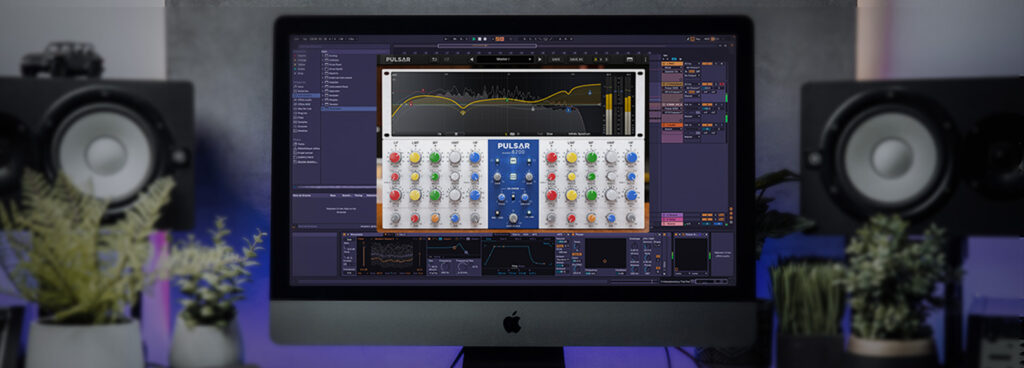
How Does It Sound?
Mastering
Precise & versatile, Pulsar 8200 is the superstar EQ of your master bus. It offers clinical precision when you want to open up the side and focus the center of your mix. The tilt feature allows you to effortlessly adjust the tonal balance of your mix. You can easily create complex EQ curves that can take your mixes and masters from slightly corrected to noticeably polished.
Orchestral / Acoustic
Designed to enhance the natural and lively character of acoustic instruments, live recordings, organic percussion, and vocals. Its filter shapes and parallel topology make Pulsar 8200 ideal for fine-tuning acoustic pianos and carving out specific frequencies to reveal the instrument's full potential. With this EQ, you can easily maintain the natural and ‘living’ feel of acoustic sources, ensuring that your mix sounds great every time.
Electronic Music
Whether you’re fighting the war for loudness or just pushing the frontiers of what bass can do, shaping low-end frequencies in a kick-drum or a bass track is essential, especially in electronic music or modern pop. Pulsar 8200 is a game-changer in this endeavor thanks to its unparalleled sonic accuracy. You can even make subsonic corrections (15Hz) to achieve a cleaner and more powerful low end.
Vocals & Guitars
Make vocals shine by removing the sibilants between 6 and 8 kHz thanks to the onboard de-esser. This feature can also be used to gently compress the harmonic content of an electric guitar track that is overly aggressive in the 2k to 4kHz range, preserving the energy of the highs while eliminating any bothersome frequencies.
Features
- Visual Curve Editing - Manipulate a peculiarly shaped analog EQ curve in an intuitive way. The curve editor is extremely easy to use, with a clear and concise overall frequency response display. You can edit all properties of any filter – including its assigned name – without touching the lower panel.
- De-Esser - An embedded simple-but-efficient de-esser gives you full control over the aggressive or harsh transients of the spectrum, to get a more polished and professional result. In the central panel, choose the frequency, the amount, and the filter type (bell or shelf).
- Mid-Side Processing - Make EQ changes to a signal’s centre or stereo information by operating in mid/side mode. The Listen buttons help audition each signal in isolation, and the screen displays only the channel you’re working on, so you always know what you’re doing.
- Auto-Gain - This control compensates for volume changes introduced by equalization, keeping output level consistent with input. It uses a C-Weighting-based algorithm to introduce a level compensation based on EQ curve analysis. Since this compensation only depends on your EQ settings, it won’t change during playback.
- Tilt Filter - Some things can’t be done with just bells and shelves. We’ve added a complex 6-pole tilt filter to adjust the tonal balance of your whole mix in a natural and analog-style way with a single knob.
- Sub & Air Band - The Air & Sub bands, inspired by the philosophy of parallel passive equalizers, allow you to fine-tune the extreme high-end and low-end of the spectrum without adding any mud or harshness.
- Metering & Spectrum Analyser - The on-screen analyzer displays the audio spectrum in real-time (fast and slow window settings) or over the long-term with the Infinite Spectrum setting. In addition, peak metering provides insight into overall dynamics, and RMS meters let you monitor loudness and level matching. An overall gain meter is also available.
- Gain Scale - For wholesale reduction or increases in gain, the Gain Scale control lets you accentuate or reduce an entire EQ curve, acting like a multiplier for all bands’ gain settings.
System Requirements
Windows
- Windows 7 with SP1 / Windows 8.1 / Windows 10 (all 64-bit only)
- CPU: Intel Core i3 / i5 / i7 / i9 / Xeon or AMD Quad-Core minimum
- Memory: 4 GB RAM & 1 GB free disk space
- GPU: OpengGL 2.0 compatible GPU
- Monitor: Minimum 1024×768 Resolution (recommended 1920×1080) & 60 Hz Refresh rate
Compatible Plugin Formats (32 & 64-bit):
- AAX Native
- VST 2.4
- VST 3
Mac
- macOS 10.9 and higher (M1 Apple Silicon supported) (64-bit only)
- CPU: Intel Core i3 / i5 / i7 / Xeon / Apple Silicon (M1)
- Memory: 4 GB RAM & 1 GB free disk space
- GPU: OpengGL 2.0 compatible GPU
- Monitor: Minimum 1024×768 Resolution (recommended 1920×1080) & 60 Hz Refresh rate
Compatible Plugin Formats (64-bit only):
- AAX Native
- Audio Unit
- VST 2.4
- VST 3
Activation:
- You need to have an account at ilok.com to be able to use Pulsar software.
- The Mac version of this software is 64-bit only and will not function on 32-bit systems.
Important Note: You need to have an account at ilok.com to be able to use Pulsar software.
Please note: Smasher is used as an example as the installation process is the same for all Pulsar Audio products.
Mac
iLok Registration
1. Go to the iLok website and create a new account if you are not currently registered and do not have the iLok License Manager installed on your computer.
Note: Skip to the 'Pulsar Software Installation' procedure if you are already an iLok registered user.
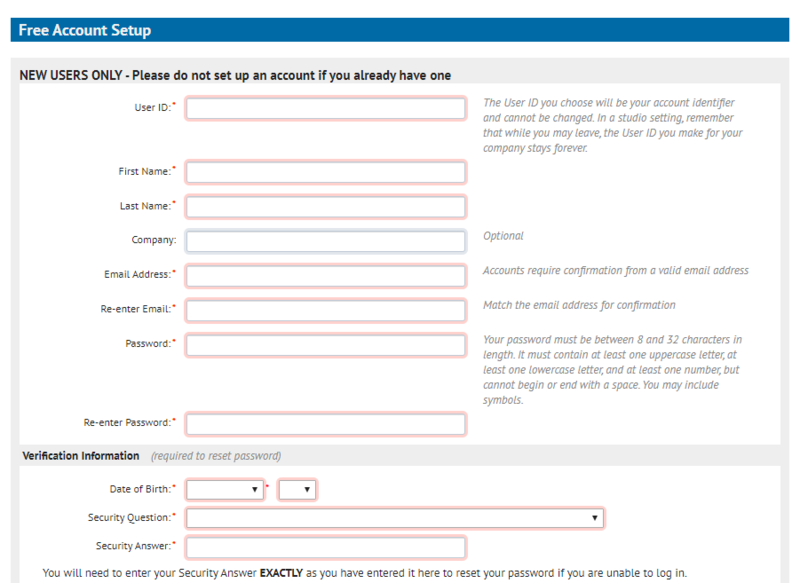
2. Download and install the iLok License Manager.
Pulsar Software Installation
1. Download the .dmg file from within your Plugin Boutique User Account and open it > Double-click the .pkg file to begin the installation.
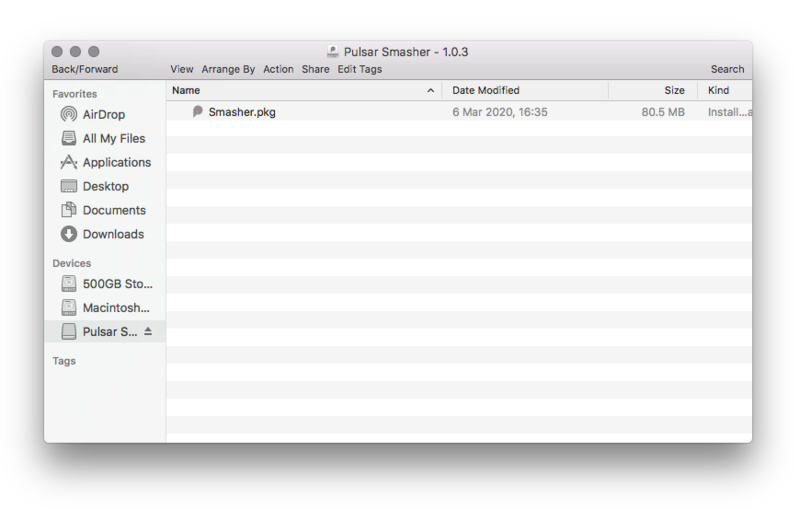
2. Click 'Continue'.
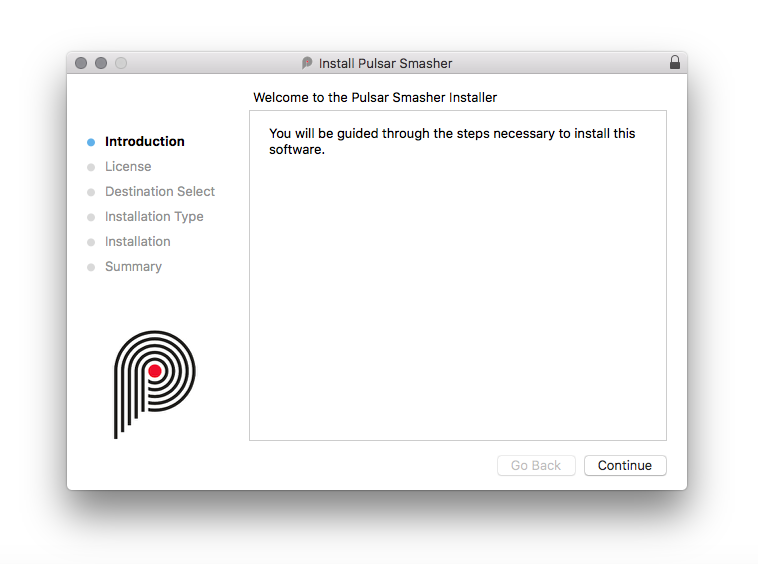
3. Click 'Continue'.
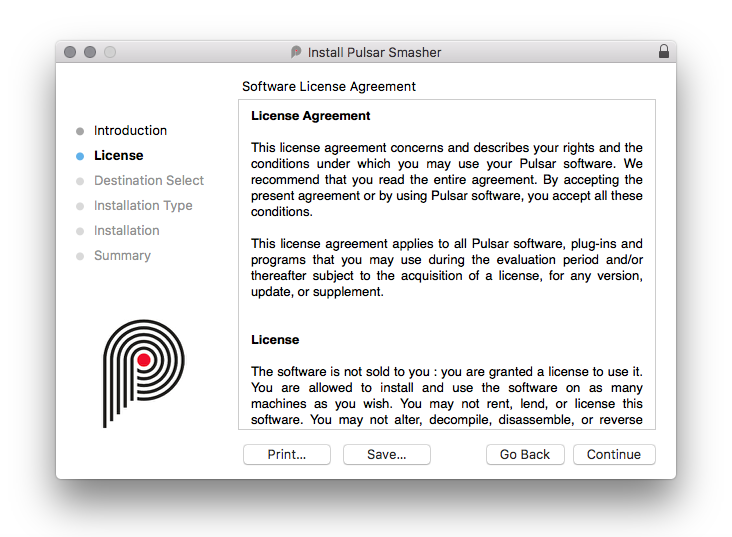
4. Click 'Agree'.
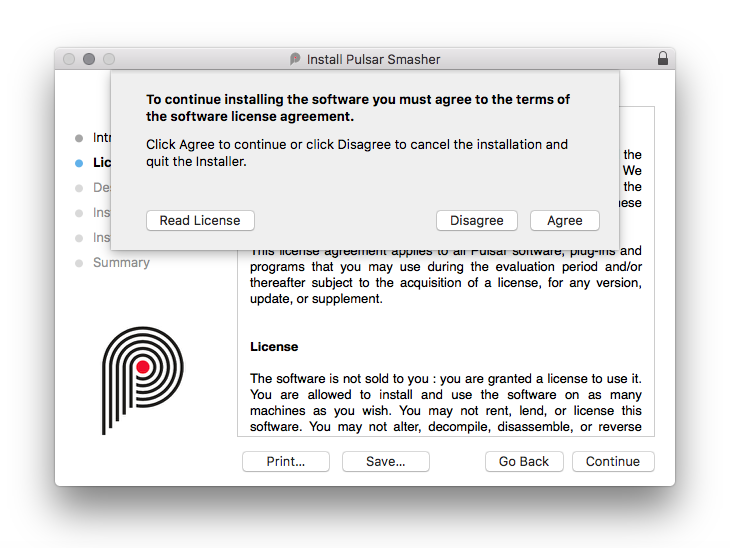
5. Click 'Install'.
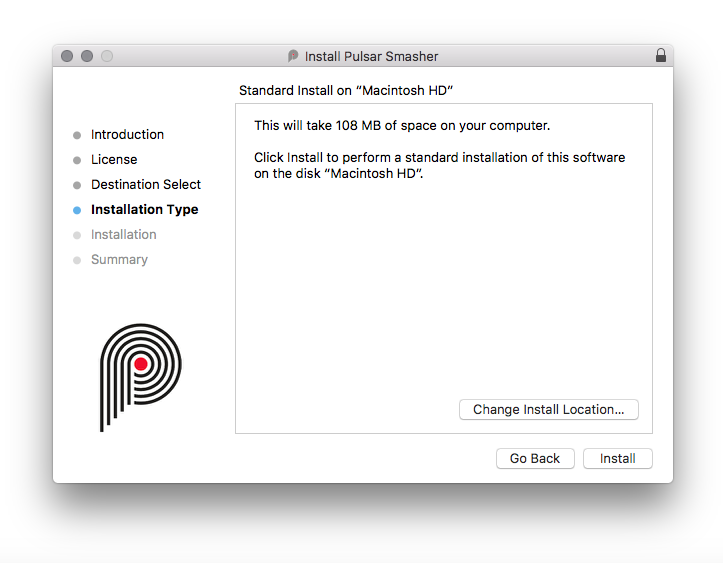
6. Enter your computer Username and Password > Click 'Install Software'.
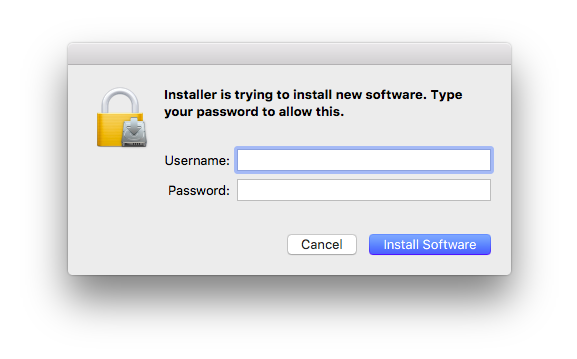
7. Click 'Close'.
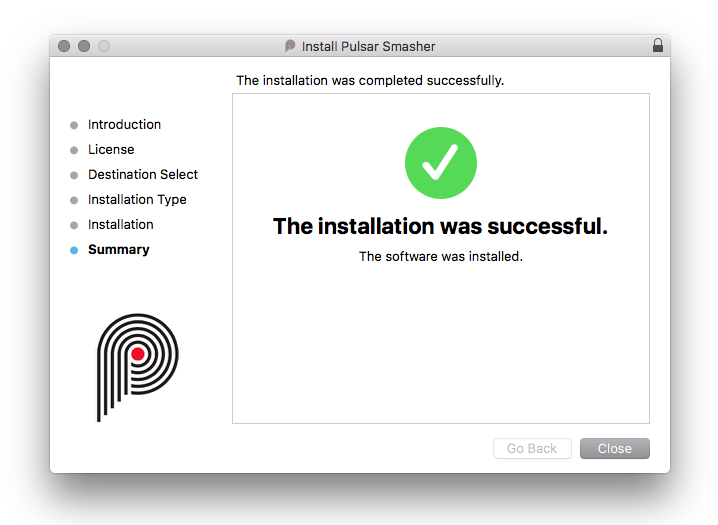
iLok Activation
1. Open the iLok License Manager > Click 'Sign In'.
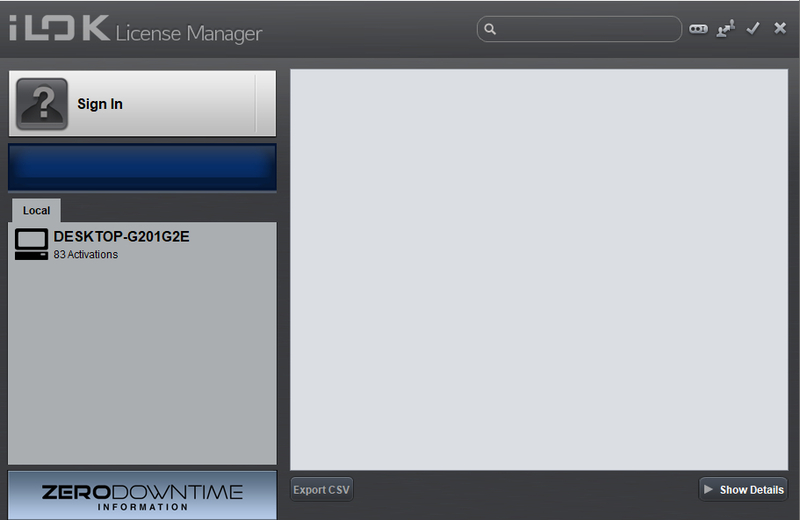
2. Enter your iLok User ID and Password > Click 'Sign In'.
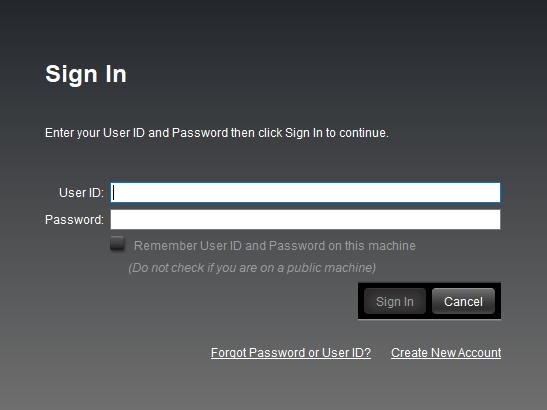
3. Click the redeem icon in the top right-hand corner of the iLok License Manager window.

4. Enter the Activation Code in of your Plugin Boutique User Account > Click 'Next'.
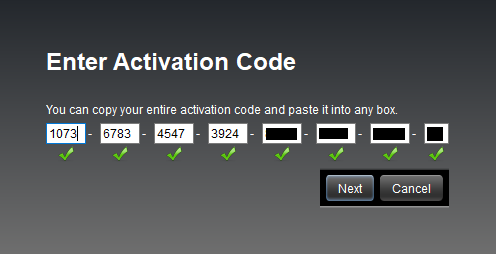
5. Select your account that you wish to redeem your product to > Click 'Redeem'.
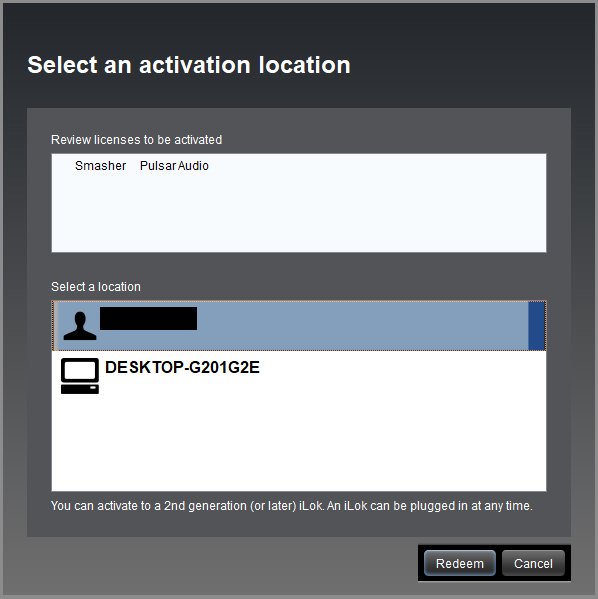
6. Click 'Ok'.
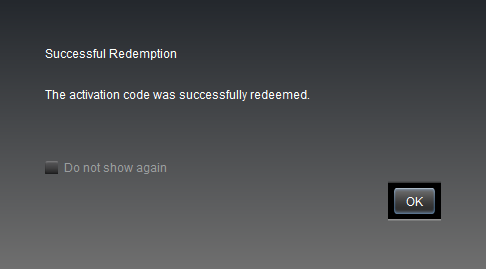
7. Select your redeemed product > Click the tick icon in the top-right hand corner of the iLok License Manager.
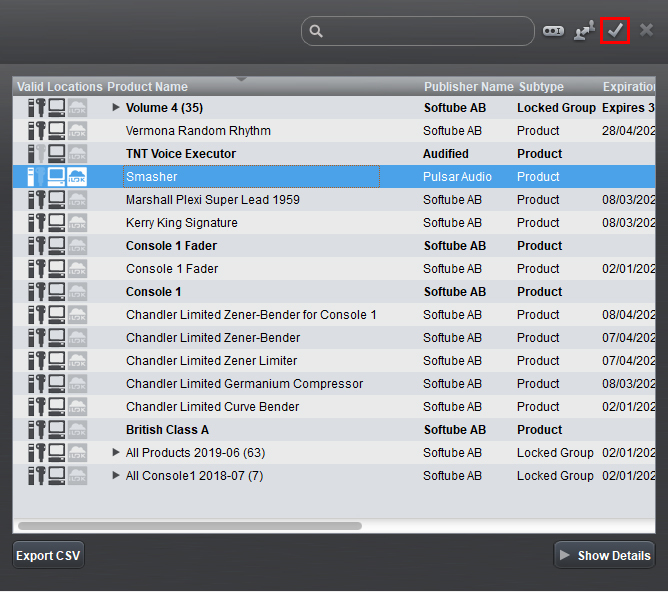
8. Select your computer from the list of activation locations > Click 'Activate'.
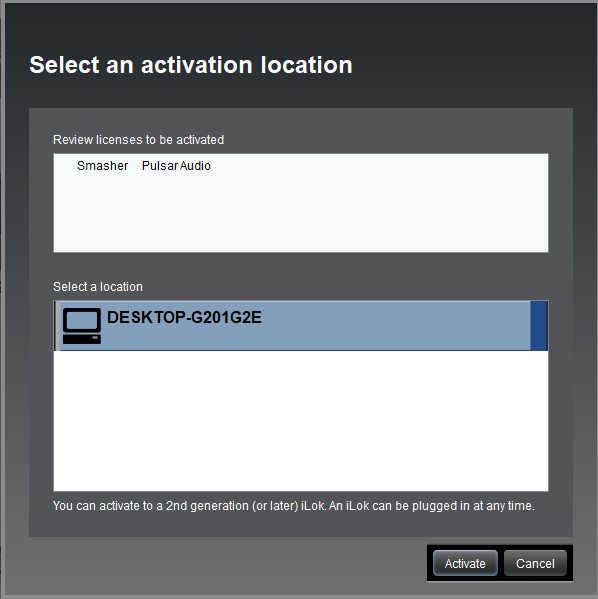
9. Click 'Ok'.
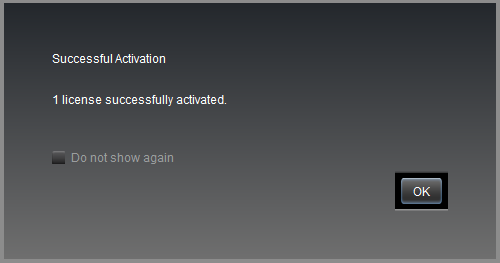
Your product is now activated and ready to use within your DAW.
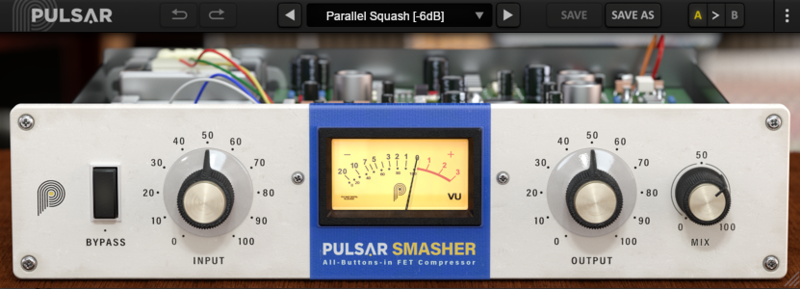
Windows
iLok Registration
1. Go to the iLok website and create a new account if you are not currently registered and do not have the iLok License Manager installed on your computer.
Note: Skip to the 'Pulsar Software Installation' procedure if you are already an iLok registered user.

2. Download and install the iLok License Manager.
Pulsar Software Installation
1. Download the installer file from your Plugin Boutique User Account.
2. Double-click the .zip folder to reveal the installer file > Double-click the .exe installer file to begin the installation process.
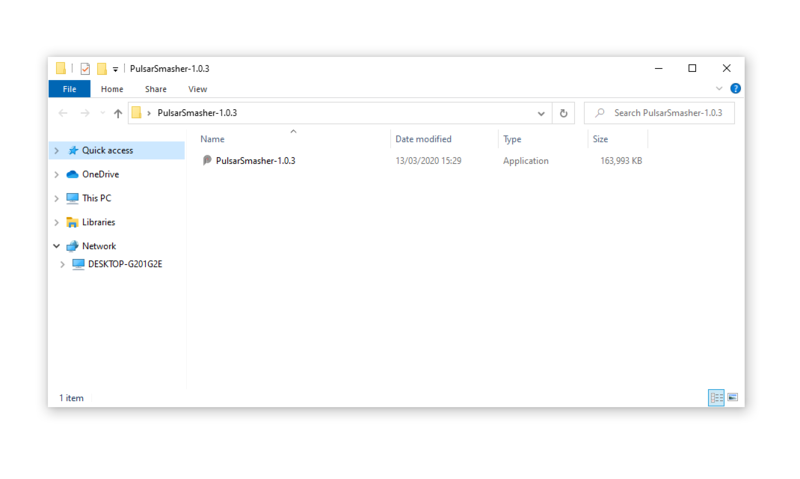
3. Select 'I Accept the Agreement' > Click 'Next'.
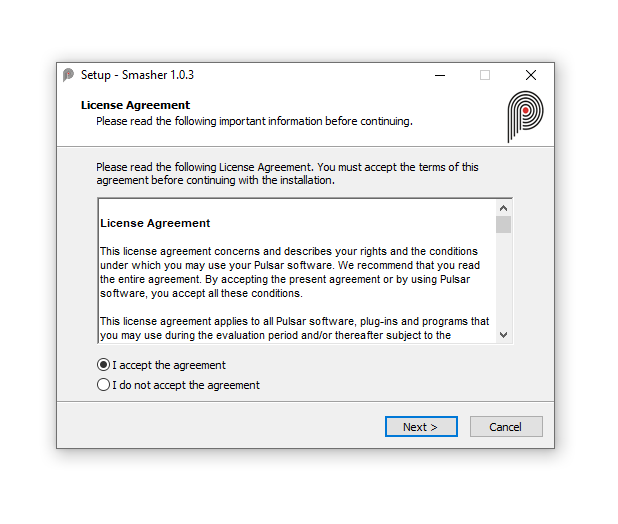
4. Select the components you wish to install > Click 'Next'. (Note: Untick 'PACE iLok license support' if you already have it installed on your computer).
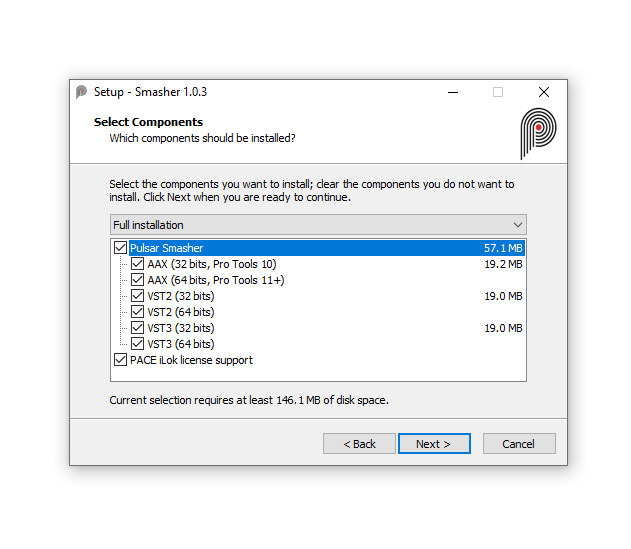
5. Click 'Next'.
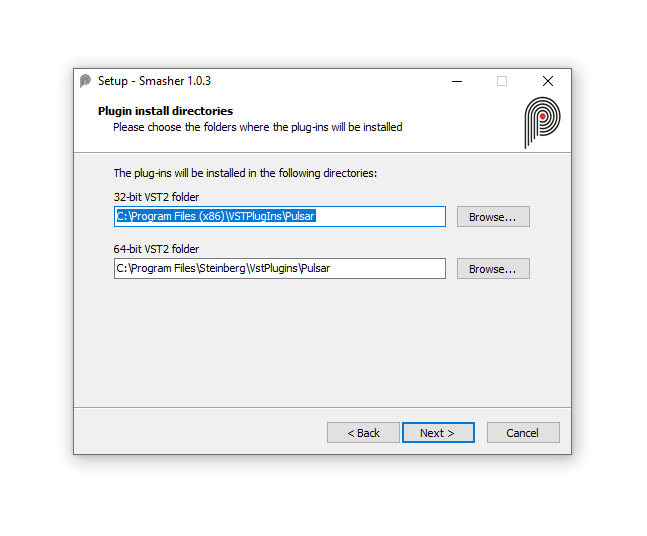
6. Click 'Install'.
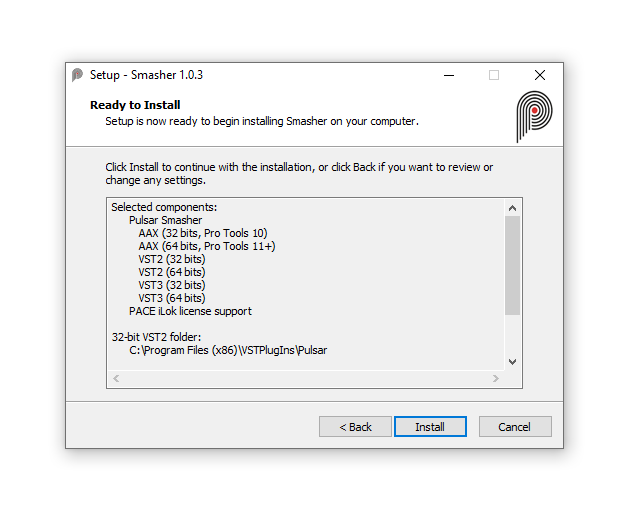
7. Click 'Finish'.
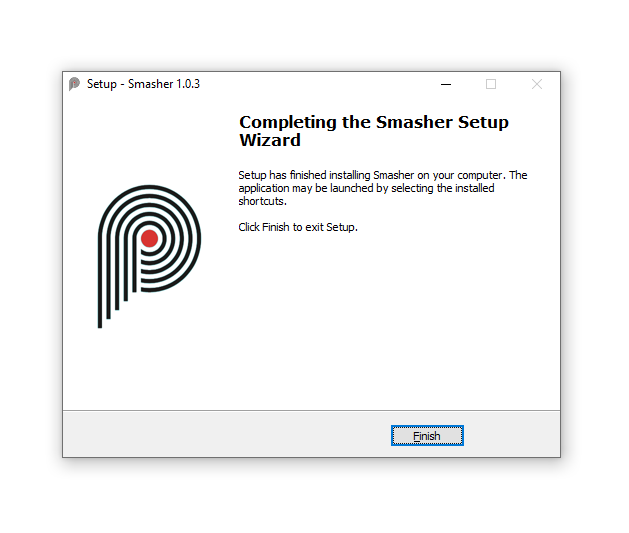
iLok Activation
1. Open the iLok License Manager > Click 'Sign In'.

2. Enter your iLok User ID and Password > Click 'Sign In'.

3. Click the redeem icon in the top right-hand corner of the iLok License Manager window.

4. Enter the Activation Code in of your Plugin Boutique User Account > Click 'Next'.

5. Select your account that you wish to redeem your product to > Click 'Redeem'.

6. Click 'Ok'.

7. Select your redeemed product > Click the tick icon in the top-right hand corner of the iLok License Manager.

8. Select your computer from the list of activation locations > Click 'Activate'.

9. Click 'Ok'.

Your product is now activated and ready to use within your DAW.

.jpg)